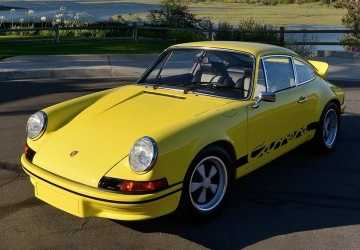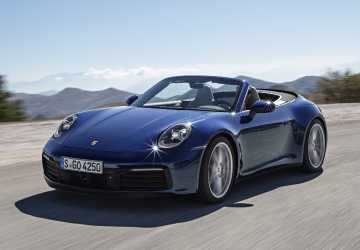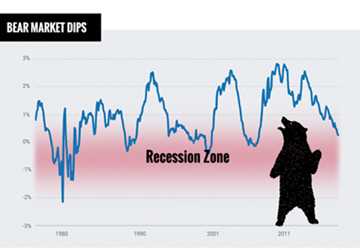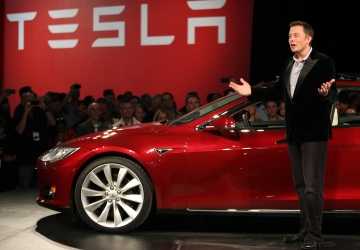Porsche 911: Is it worth the hype?
Author: Mirza Taha Hassan
The Porsche 911 is the ideal sports automobile. Back-wheel drive (later modified with 4S and Turbo variations), a tiny, lightweight body, a strong yet reasonably sized engine located in the rear, and four seats have all contributed to the success of one of Germany's most significant exports since 1963. You can't argue about their popularity, with over one million of these sold.

It has emerged as an example of what distinguishes a sports vehicle from a supercar nowadays. A Porsche 911 is a reliable vehicle that can be used daily, whether it's the 'entry-level' Carrera or the flagship and hotly wanted GT2 RS. The 911 is the ideal "useful supercar" — something few other automakers can offer, that is, functional performance. As you move up the ranks, wings widen, power increases, creature comforts are sacrificed (most notably in the tough RS models), and rear seats are eliminated.
The 911 is a highly desirable vehicle regardless of age or form. For instance, the cost of original air-cooled 911s from the 930, 964, and 993 generations continues to rise.
The steering is excellent and incredibly direct, light, and responsive without being overly jittery. The engine is also amazing. Porsche receives harsh criticism for using exclusively turbocharged engines in its latest 911 models (except for the GT3), but perhaps people would react otherwise if they had used earlier iterations. The twin-turbo 3.0-liter flat-6 in the Carrera S produces 443 horsepower and 390 pound-feet of torque, 64 horsepower and 59 pound-feet more than the standard Carrera. With plenty of power in every gear, the sports exhaust is in its louder setting, and it sounds wonderful as it revs happily to a redline of 7,500 rpm. According to Porsche, it accelerates from 0 to 60 mph in 3.5 seconds, and there is hardly any turbo lag.

What's more impressive is how well the 911 functions as a conventional automobile. The 992 generations are the longest and broadest yet, yet they are still simple to place and look through. With 18-way adaptable sports seats, it is also quite comfortable, and despite having staggered wheels, it isn't unsteady over significant bumps or rugged terrain.
These days, producing an automobile with rapid steering is simple. Any old automaker can equip the steering box with a large, strong electric motor to speed up response time, but they aren't always able to deliver precision and steering experience. Porsches have always had a superb steering feel, even when you wouldn't anticipate a rear-engine car to have sufficient weight over the front axle to convey anything to your hands. In the 911, even the central dead spot is all but gone.
Well, if you can't tell already, we're biased; we love this bad boy.







